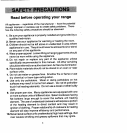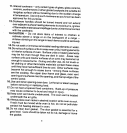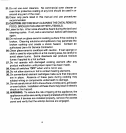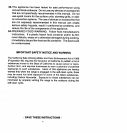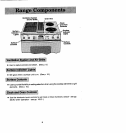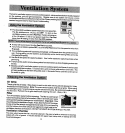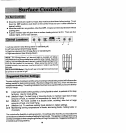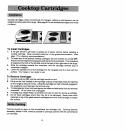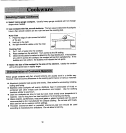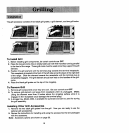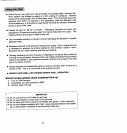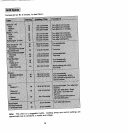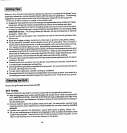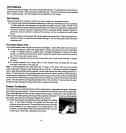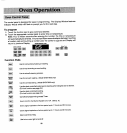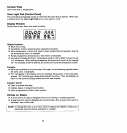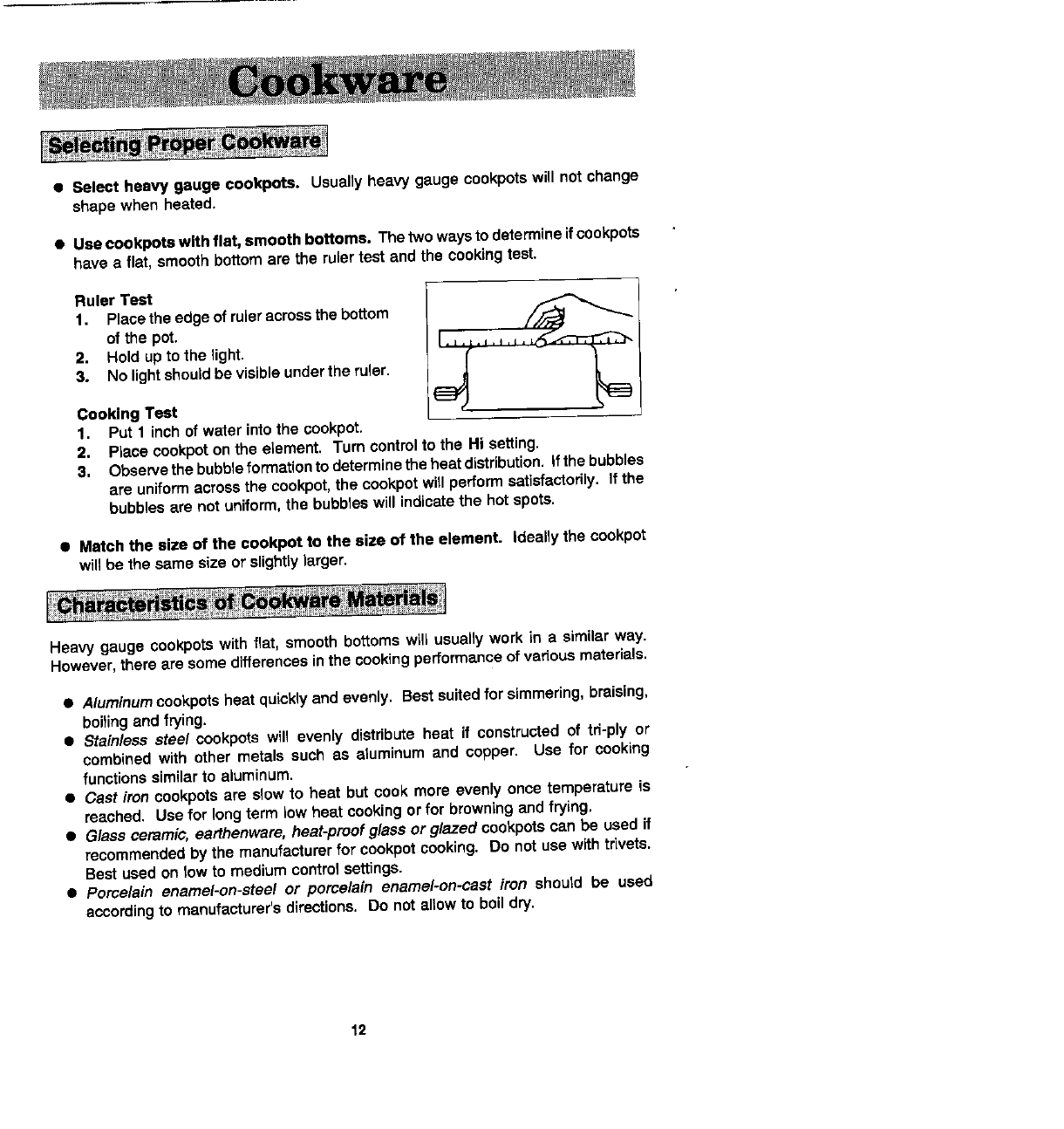
• Select heavy gauge cook,pots. Usuallyheavygaugecookpotswillnotchange
shape when heated.
• Usecookpotswith flat, smooth bottoms. Thetwowaystodetermineif cookpots
have a flat, smoothbottomarc the rulertest and the cookingtest.
Ruler Test
1. Placetheedgeof ruleracross the bottom /f,,-_ _
of the pot.
2. Hold upto the light.
3. Nolightshouldbe visibleunderthe ruler.
Cooking Test
1. Put1 inchof water intothe cookpot.
2. Placecookpotonthe element. "rumcontroltothe Hi setting.
3. Observethe bubbleformationto determinethe heatdistribution,if thebubbles
are uniformacrossthecookpot,the cookpotwillperformsatisfactorily.If the
bubblesare notuniform,the bubbleswill indicatethe hotspots.
• Match the size of the cookpot to the size of the element, ideally the cookpot
willbe thesame size or slightlylarger.
Heavy gauge cookpotswith fiat, smoothbottomswill usuallywork in a similar way.
However,thereare some differencesinthe cookingperformanceof variousmaterials.
• Aluminum cookpotsheatquicklyand evenly. Bestsuitedfor simmering,braising,
boilingand frying.
• Stainless steel cookpots w_llevenly distributeheat if constructed of td-ply or
combinedwith other metalssuch as aluminum and copper. Use for cooking
functionssimilarto aluminum.
• Cast iron cookpotsare slowto heat but cook moreevenly once temperatureis
reached. Usefor longtermlow heat cookingorfor browningandfrying.
• Glass ceramic, earthenware, heat-proof glass or glazed cookpots can be used if
recommendedby the manufacturerfor cookpotcooking. Do not usewithtrivets.
Best usedon low tomediumcontrolsettings.
• Porcelain enamel-on-steel or porcelain enamel-on-cast iron should be used
accordingto manufacturer'sdirections. Do not allowto boildry.
12



